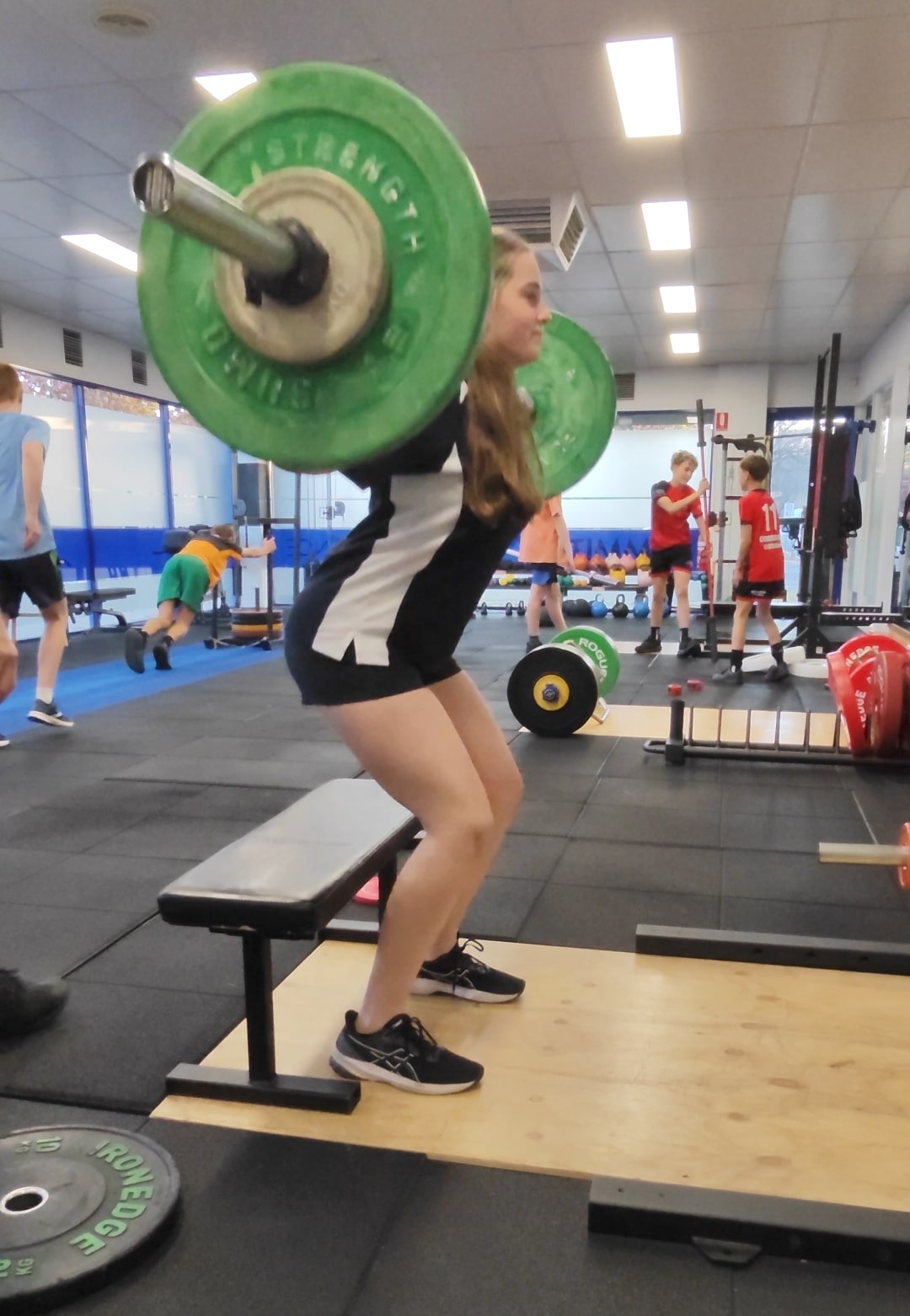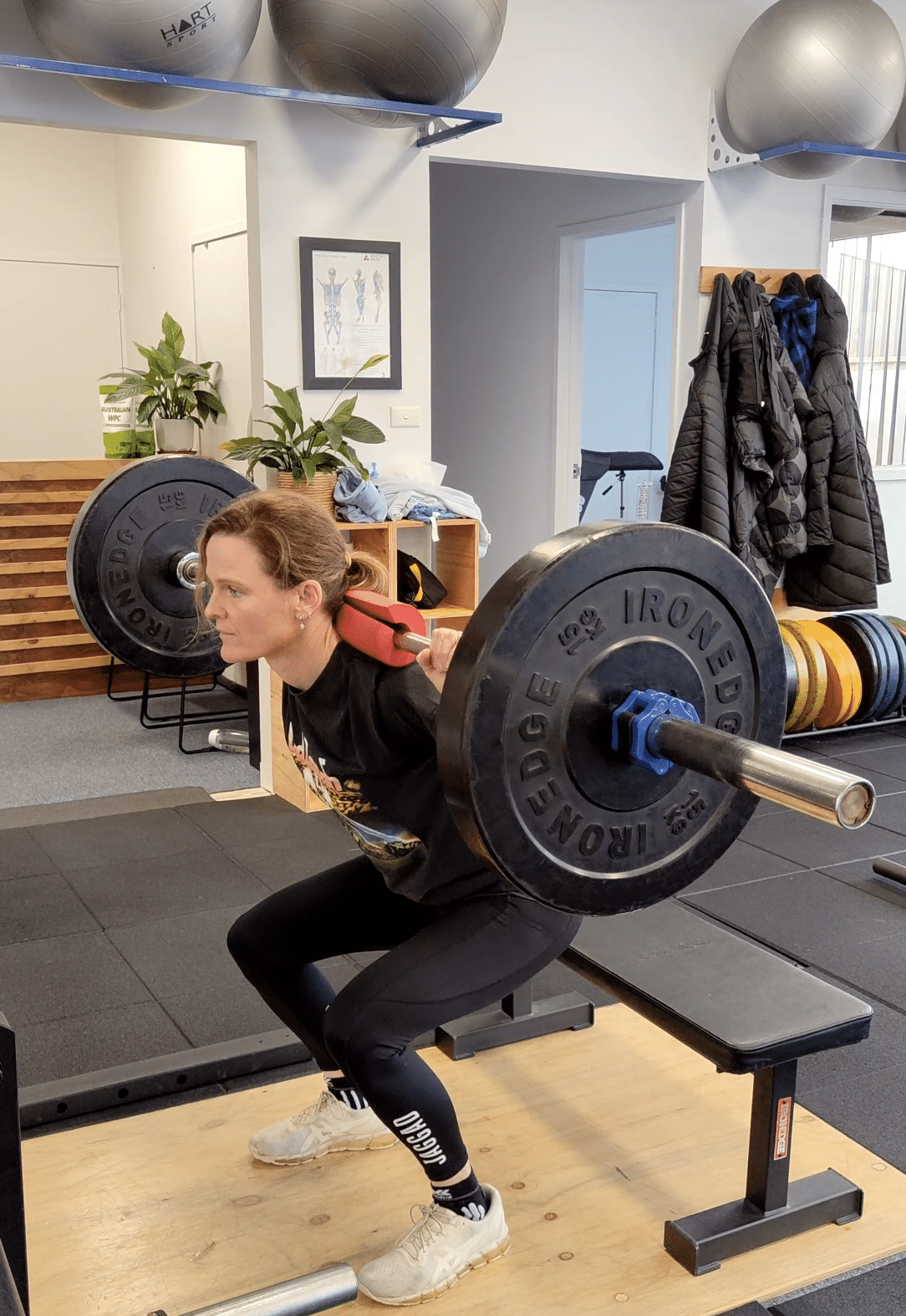In the dynamic world of high school sports, the physical capabilities of athletes play a pivotal role in their success and overall well-being. As adolescents undergo rapid growth and development, it becomes imperative to implement structured Strength & Conditioning programs. Aligned with the Youth Physical Development model and supported by the Australian Strength and Conditioning Association’s position stand on Resistance Training for Children & Youth, these programs not only optimise athletic performance but also contribute to long-term health and resilience.
Understanding Youth Physical Development
The Youth Physical Development model recognises the unique characteristics of adolescent growth and maturation, emphasising the importance of tailored training programs. During this period, the body undergoes significant changes, such as hormonal fluctuations, bone growth, and neurological development. To harness these changes effectively, a strategic approach is necessary, and this is where Strength & Conditioning programs come into play.
Targeted Skill Acquisition
High school athletes are at a critical stage of skill acquisition. Developing a solid foundation of fundamental movement patterns is essential for future athletic success. A well-designed youth S&C program integrates age-appropriate resistance training to enhance motor skills, coordination, and agility. This not only improves athletic performance but also reduces the risk of injuries associated with poor movement mechanics.
Injury Prevention
Adolescent athletes are particularly susceptible to injuries due to the imbalances caused by growth spurts and muscle development variations. Resistance training, when implemented correctly, can address these imbalances by promoting symmetrical muscle growth and enhancing joint stability. The Australian S&C Association’s position stand underscores the importance of age-appropriate resistance training in preventing injuries among youth athletes.
Bone Health and Density
The adolescent years are crucial for bone development, and engaging in weight-bearing activities is vital for optimising bone density. Youth S&C programs that incorporate resistance training provide the necessary stimulus for bone adaptation. This not only strengthens the skeletal system but also sets the foundation for a lifetime of good bone health.
Long-Term Athletic Development
Investing in the physical development of high school athletes goes beyond immediate performance gains. It lays the groundwork for long-term athletic development, ensuring that individuals are equipped with the physical attributes needed to excel in their chosen sports at higher levels. The Youth Physical Development model emphasises the importance of a systematic and progressive approach to training, taking into account the individual’s maturation status and chronological age.
Resistance Training for Children & Youth: A Position Stand
The Australian Strength and Conditioning Association’s position stand on Resistance Training for Children & Youth serves as a comprehensive guide for implementing safe and effective training protocols. It emphasizes the need for qualified coaches and trainers who understand the unique requirements of young athletes. The position stand provides evidence-based recommendations, dispelling myths and misconceptions surrounding resistance training for youth.
Appropriate Exercise Selection
The position stand advocates for the use of multi-joint exercises that engage multiple muscle groups simultaneously. Compound movements such as squats, deadlifts, and presses are considered safe and effective for youth athletes when executed with proper form and supervision. These exercises contribute to overall strength development and functional fitness.
Individualisation of Training Programs
Recognising the diversity in maturation rates among adolescents, the position stand highlights the importance of individualised training programs. A one-size-fits-all approach is inadequate, and coaches must tailor their interventions based on the athlete’s physical maturity, training experience, and specific sport requirements.
Supervision and Technique Emphasis
Ensuring proper supervision during resistance training sessions is paramount. Coaches should prioritise teaching correct lifting techniques to mitigate the risk of injury. This aligns with the Youth Physical Development model, emphasising skill acquisition as a crucial component of athletic development.
Periodisation and Progression
The position stand underscores the significance of periodisation and progression in youth resistance training. By gradually increasing the intensity and volume of training, athletes can adapt to the demands placed on their bodies, promoting continuous improvement while minimising the risk of overtraining and burnout.
High school athletes stand to gain immensely from the incorporation of Youth Strength & Conditioning programs into their training regimens. Aligned with the principles of the Youth Physical Development model and the guidelines set forth by the Australian Strength and Conditioning Association, these programs provide a structured and evidence-based approach to optimising athletic performance while prioritising the long-term health and well-being of young athletes.
Investing in the physical development of high school athletes through targeted resistance training not only hones their skills and prevents injuries but also lays the foundation for a lifelong commitment to fitness and a cornerstone in nurturing the next generation of elite athletes.




